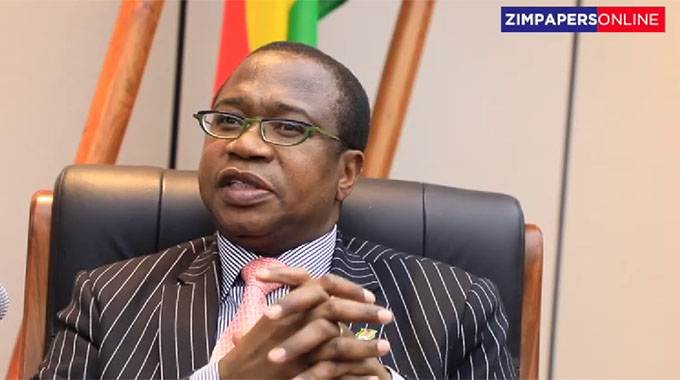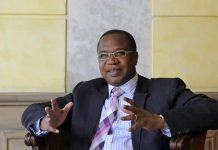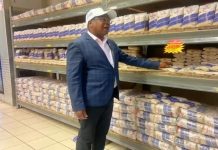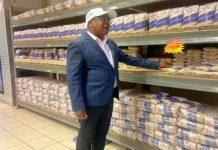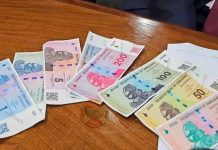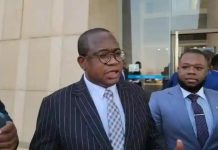As the curtain comes down on 2019 and we await the New Year, it is critical to reflect on the path the country’s economy passed through in the past 12 months.
It was not an easy road for Zimbabweans, but the authorities did their best in trying to put the country’s economy back on track.
When Finance and Economic Development Minister Professor Mthuli Ncube accepted the job as Finance Minister, he faced the daunting task of crafting a recovery plan.
With his impressive CV: former chief economist and vice president of the African Development Bank and lecturer at the London School of Economics and Wits Business School in Johannesburg, he was considered the right person that could help the country fix its economy and achieve upper middle-income status by 2030.
Although things appear far from rosy, it is wise to accept the job the Second Republic is doing to turn around the economy.
The professor admitted he is faced a mammoth task.
“It’s a very challenging job. You have to understand complexities and be able to take things apart and understand how everything works,” he said.
In the first nine months of the year, challenges related to price increases, while fuel and foreign currency shortages made it difficult to reach higher levels of growth.
Agriculture, which used to be the mainstay of the economy, and experienced a high growth rate of 12 percent in 2018, buoyed by cash crops and livestock production, however, saw some losses in grain yields in 2019 owing to late and below average rainfall patterns, the high cost of inputs and disease outbreaks.
As a result, the sector grew by a modest three percent.
The mining industry continued to grow significantly in 2019 driven by major minerals like gold, platinum, diamond and nickel.
This is despite the risk the country faced, mainly related to foreign currency.

